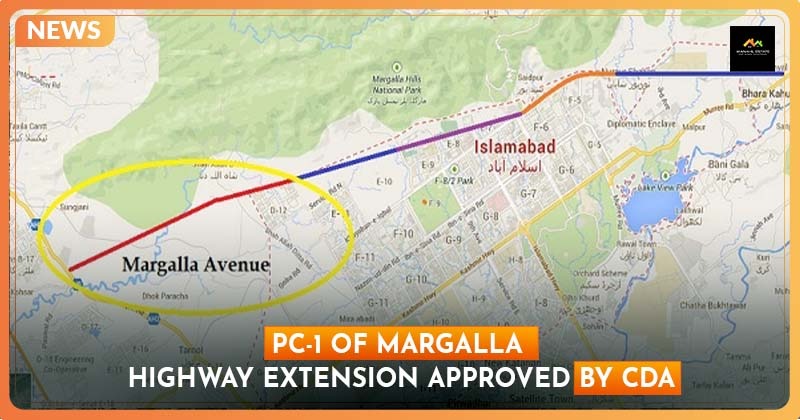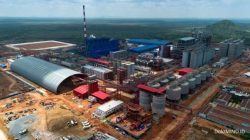Project Revisions and Cost Escalation for Margalla Highway Extension
The Margalla Highway extension project, which aims to connect G.T Road (N-5) to the Motorway (M1), has undergone significant revisions. The most notable change is the reduction in the Right of Way (ROW) from 90 meters to 65 meters. Despite this reduction, the project cost has surged by an alarming 169 percent, raising concerns among authorities.
Originally, the project was planned with a 90-meter ROW as per the Capital Development Authority (CDA) guidelines. However, the revised plan now features a narrower ROW. This change, along with modifications to the design—shifting from an elevated structure to an at-grade solution—has led to a decrease in the road’s length from 2.8 kilometers to 2.5 kilometers. Despite these reductions, the overall cost has escalated dramatically.
Key Changes and Implications
The original project cost was based on the NHA Corporate Schedule of Rates (CSR) 2022, while the revised version uses CSR 2024. This shift in the pricing reference has significantly impacted the budget. The CSR document serves as a standardized guide for estimating construction costs in road projects, used by various government bodies for planning and evaluation.
The revised PC-I (Project Concept I) includes the construction of two additional toll booths on both the existing South and North Bound plazas of the AWT Interchange. Furthermore, the project introduces an at-grade roundabout at the AWT Boulevard, known as Quaid-i-Azam Road. This modification aims to improve traffic flow and reduce accidents.
Financial Impact and Unit Cost Analysis
With the cost increase of 169.47 percent, the per-kilometer construction cost has risen to Rs. 1,807.152 million. Originally, the cost was Rs. 840.256 million per kilometer. This sharp increase has prompted the National Highway Authority (NHA) to seek clarification from the competent forum, as required by the Manual of Planning Commission for Development Projects.
The project is expected to provide safer, faster, and more efficient travel. Once completed, it will help ease traffic congestion and significantly reduce travel time. The highway will be a 6-lane controlled access road, stretching 2.5 kilometers within Punjab limits, starting from Sangjani Grid Station and ending at Quaid-i-Azam Road in the AWT housing society.
Project Details and Implementation
The alignment of the road begins near G.T Road at Sangjani and passes through the corridor between Sangjani Grid Station and B-17 Housing Society. It crosses Shahrah-Mehr Road and continues through Bhadana Khurd, terminating near the existing Sangjani/ AWT Interchange. The total project length is approximately 5.2 kilometers, with the first 2.7 kilometers being constructed by CDA and the remaining 2.5 kilometers by NHA.
The original PC-I was reviewed three times by the CDWP (Capital Development and Works Department). After approval, the project was intended to be further improved with input from the Commissioner Rawalpindi/Punjab government for land acquisition. In July 2023, the CDWP approved the project at a cost of Rs. 4.193.271 million without FEC (Financial Evaluation Committee) approval, pending the submission of necessary documents from the Ministry of Communications/NHA.
Delays and Funding Concerns
Despite the project’s original approval over 1.5 years ago, there have been delays in submitting the revised PC-I. Authorities have requested a clear explanation for this delay. Additionally, the increased land cost from Rs. 1.92 billion to Rs. 2.08 billion has also raised questions about the justification for the higher expenses.
There is currently no clarity regarding the ownership of the project and its assets after completion, with no defined agreement among NHA, CDA, and RDA. The project is part of the Provincial Supply and Demand Plan (PSDP), but it has not been initiated for the past two years. Documents indicate that there is no available space in the PSDP to accommodate new projects from NHA.
If the current project is approved, funding from the PSDP may not be guaranteed due to its financial phasing. Including new projects without considering their placement in the PSDP could lead to delays in ongoing NHA projects. As a result, many NHA projects are undergoing revisions with increased costs due to insufficient funding.







